More Activity in our lifestyle
Long periods of inactivity at work and in everyday life can make us ill and create a permanent strain on the body, so it is important to integrate more movement into our lives again !
Humans have not always spent their lives sitting on chairs, because the human body is built to move, to be active, to work physically. As hunter and gatherers, humans could hardly have survived sitting down. Where our ancestors were on their feet all day and walked an average of 40 kilometers a day, our range of movement has been radically reduced in the 21st century.
With only 400 meters a day in some cases, this is exactly 1% of the workload that our ancestors completed per day. Our attachment to the chair starts in the morning with breakfast, continues sitting in the car on the way to work and then for 8 hours at work at the desk. Instead of taking the stairs, we mostly use the elevator and after work we go straight back to the couch.


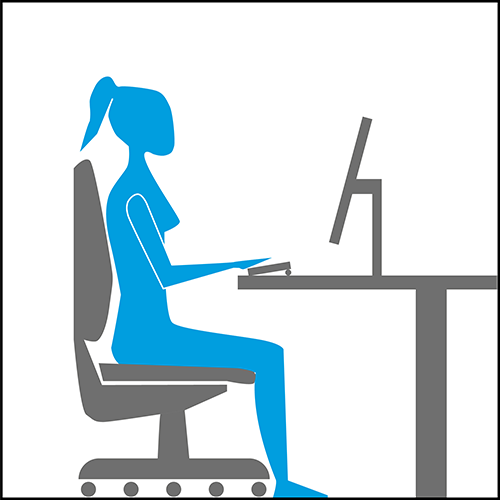
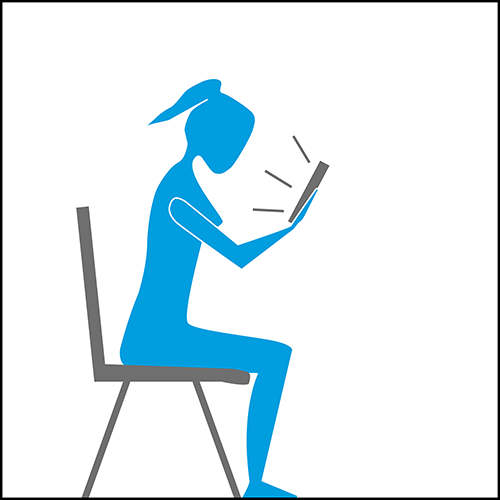
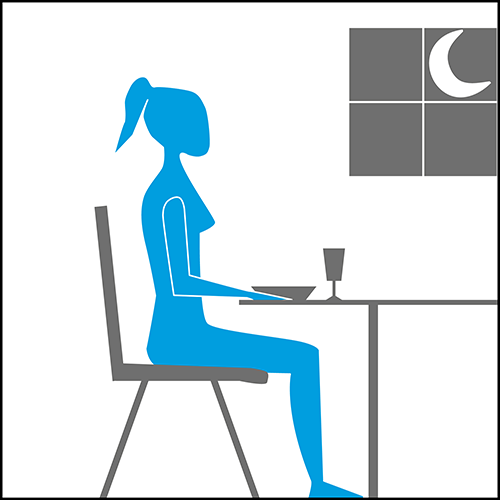
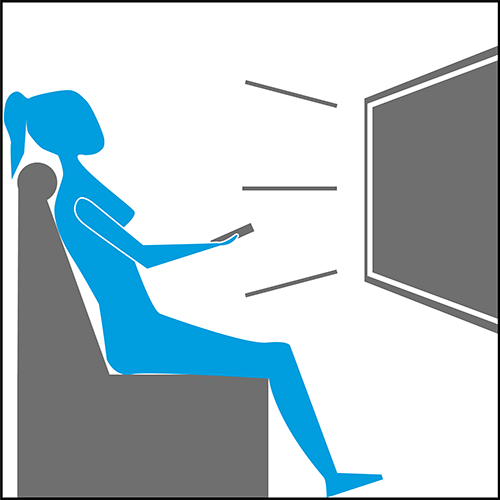
According to recent studies, we now spend a good 13 hours of our day sitting down, or even 80 000 hours of our lives sitting in the office, the result : Back pain/neck tension and related orthopedic diseases have climbed to the top of the list of most common illnesses and have even replaced the "flu" from its throne. So it’s no wonder that many specialist journals discuss the effects of sitting for too long on the body’s functions and even the theory that "sitting is the new smoking" has been put forward as a result.
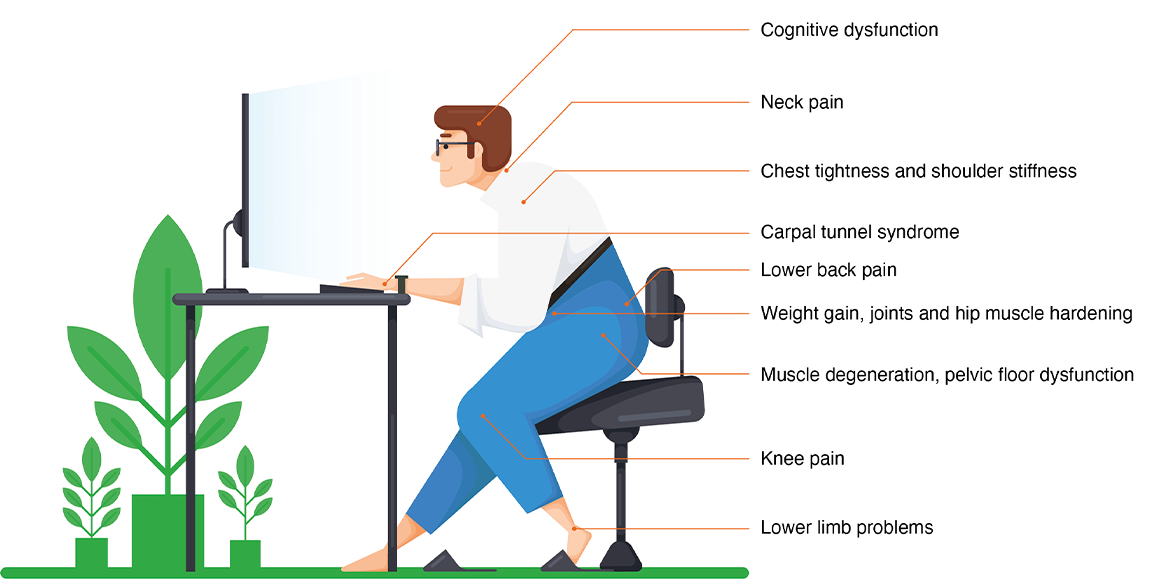
What does this mean for us – and how do we solve the problem
The answer is simple : humans are designed for movement and, conversely, movement keeps us healthy - a natural mechanism that has allowed us to survive.
Through movement we train our muscles, mobilize our joints, and get our circulation going. The aim is therefore to integrate as much movement as possible back into our lifestyle. The following tips and tricks can help bring more movement back into your daily routine :
- The way to work :
- On foot/by bike : If the journey to work is not too far or the weather is fine, you can walk or cycle to work.
- Public transport : Get off a few stops earlier and walk the rest of the way.
- Car : If possible, don’t take the parking space in the first rows, but park a little further away and incorporate a few more steps into your day.
- In the office :
- Take the stairs instead of the elevator -> “Every step counts“.
- Instead of making an internal call or sending a quick email, walk a few steps to your colleague in the office.
- Try to stand up for every phone call and speak standing up.
- Set up printers and copiers so that you have to get up to pick up documents.
- Hold short meetings while standing or walking – this also increases concentration.
- Free time :
- Steps/per day : With the help of a step counter, you can become aware of how many steps/day you have in your everyday life. High levels of inactivity are one of our biggest physical impairments, so get as many steps back into your day as possible. Everything counts, from "low impact" with a short walk or a hike up to more intensive running sessions. Consistency and regularity are important because our body is a creature of habit.
- Training : Targeted strength training is essential to give the body the physical input it does not get from inactive posture at work. However, strength training alone will not be able to counteract incorrect posture, so it is important to also integrate mobilization exercises. These can help the body to regain the correct posture.
Important : Even if you eat healthy and exercise regularly for an hour a day but spend all or most of your remaining waking hours sitting/inactive, this will reduce or cancel out the positive effects of your fitness efforts. It is therefore important to incorporate more exercise into our everyday lives, not just one training session.
Sitting is therefore a compromise, because humans are not made for sitting and will not be soon. However, sitting as a working posture in the office is often unavoidable.
This makes it even more important to minimize any more strain on the body than necessary and to ensure a "correct posture" when sitting.
